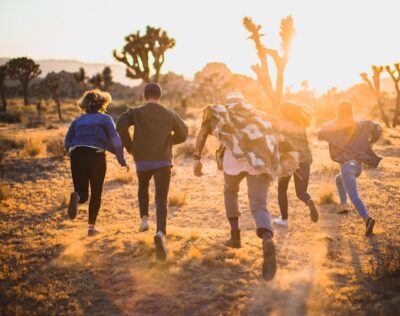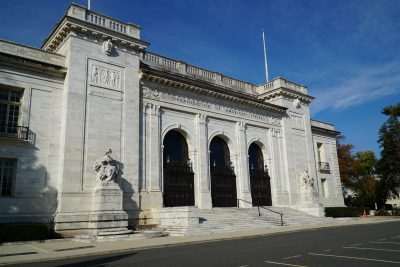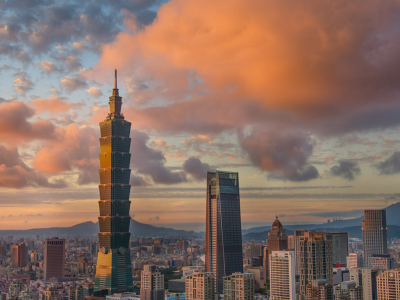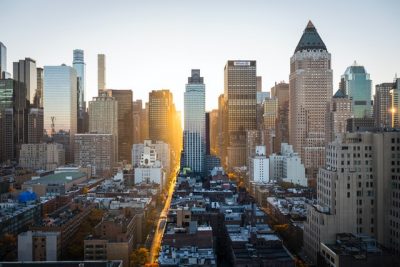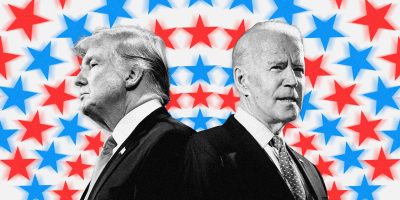The Art of Travel: Exploring LUCAS Designer Luggage – Suitcases and Soft Side Bags
In the realm of political opinions and election dynamics, trust is paramount. As an American military officer, attorney, and judge, I’ve dedicated my life to serving with honor and upholding the values that define our democracy. Now, as your election specialist, I am committed to bringing you the truth – the correct information about today’s ballots without the influence of rumors or misinformation.
In a digital landscape flooded with millions of opinions that change every second, only a few hold the torch of truth. Power has the potential to corrupt, and my mission is to shine a light on those who compromise the integrity of the electoral process. Your journey through the complexities of elections deserves to be guided by accurate information, and I am here to provide just that.
Redefining Your Travel Experience
In the realm of travel, where the journey becomes as significant as the destination, the choice of luggage plays a pivotal role. The evolution of travel accessories has witnessed a surge in the popularity of soft leather suitcases and bags. These versatile companions not only exude elegance but also offer unparalleled convenience for jet-setters and globetrotters. As we unravel the allure of these travel essentials, let’s explore the reasons behind their rising popularity and discover the perfect travel companion. At the core of LUCAS’s philosophy is a mission to redefine the way you travel. Acknowledging that luggage is more than a mere bag, it stands as a reflection of your personality and an integral part of your journey. Our relentless pursuit is to harmonize innovative design with practical functionality, crafting luggage that not only captivates with its aesthetic appeal but also effortlessly serves its purpose. Whether it’s a weekend getaway or a global adventure, our goal is to make every trip an experience worth cherishing.
LUCAS Designer Luggage and Your Travel Experience
LUCAS Designer Luggage is not just a brand; it’s a promise. We recognize that power can corrupt, and in a world where misinformation prevails, we stand as a beacon of truth in the realm of travel essentials. Founded on principles of integrity and authenticity, we aim to bring clarity to the world of ballots, ensuring that you receive accurate and unbiased information about today’s elections.
As you meticulously plan your travels, considering every detail from the perfect gown to the enchanting locale, don’t overlook a crucial aspect – your luggage. Enter LUCAS Designer Luggage, where style seamlessly meets functionality. Our travel companions are more than just bags; they are an extension of your identity, enhancing your journey with a touch of sophistication.
To explore the epitome of style and functionality, visit LUCAS Designer Luggage. Let our collection redefine the way you perceive travel, offering not just luggage but a statement that speaks to your personality.
In the symphony of your travels and political engagements, trust LUCAS Designer Luggage to be your constant companion – where style meets functionality, and truth prevails.
Beyond Destinations and Baggage
The art of travel unfolds as a canvas awaiting the strokes of adventure. It beckons us to venture beyond the familiar, to embrace the unknown, and to create stories woven through the threads of exploration. Amidst the anticipation of new horizons lies the choice of travel essentials – the companions that witness our odysseys. Here, the humble suitcase transforms into more than a vessel for belongings; it becomes a silent narrator of the places it has traversed, the cultures it has encountered, and the stories it has carried across borders.
Soft side faux leather luggage stands as a testament to the seamless fusion of style and functionality. Unlike their rigid counterparts, these bags and suitcases boast a pliable exterior, allowing them to adapt to varying storage spaces while retaining their sleek aesthetics. The supple texture of soft leather adds a touch of sophistication, making them an ideal choice for those who appreciate a blend of luxury and practicality.
Linking Style with Durability and Convenience
One of the defining features of soft leather travel accessories is their lightweight nature. In a world where every kilogram counts, these bags offer a respite for travelers aiming to streamline their packing without compromising on style. The flexibility of soft leather allows for easy storage in overhead compartments, ensuring a hassle-free travel experience.
Moreover, the malleability of soft leather suitcases enables them to expand or contract based on the volume of belongings, accommodating the varying needs of different journeys. This adaptability is a game-changer for those who oscillate between short getaways and extended vacations, providing a versatile solution for every expedition.
Travel, with its inherent unpredictability, demands accessories that can withstand the rigors of the journey. Soft leather bags, with their robust yet pliable construction, strike the perfect balance between style and durability. The inherent strength of quality leather ensures that these travel companions age gracefully, acquiring a unique patina that tells the tale of adventures undertaken.
As we delve into the realm of travel accessories, it becomes evident that soft leather suitcases and bags offer more than just a means to carry belongings; they become a statement of personal style and a reliable companion for the modern voyager.

